How to grow an edible garden
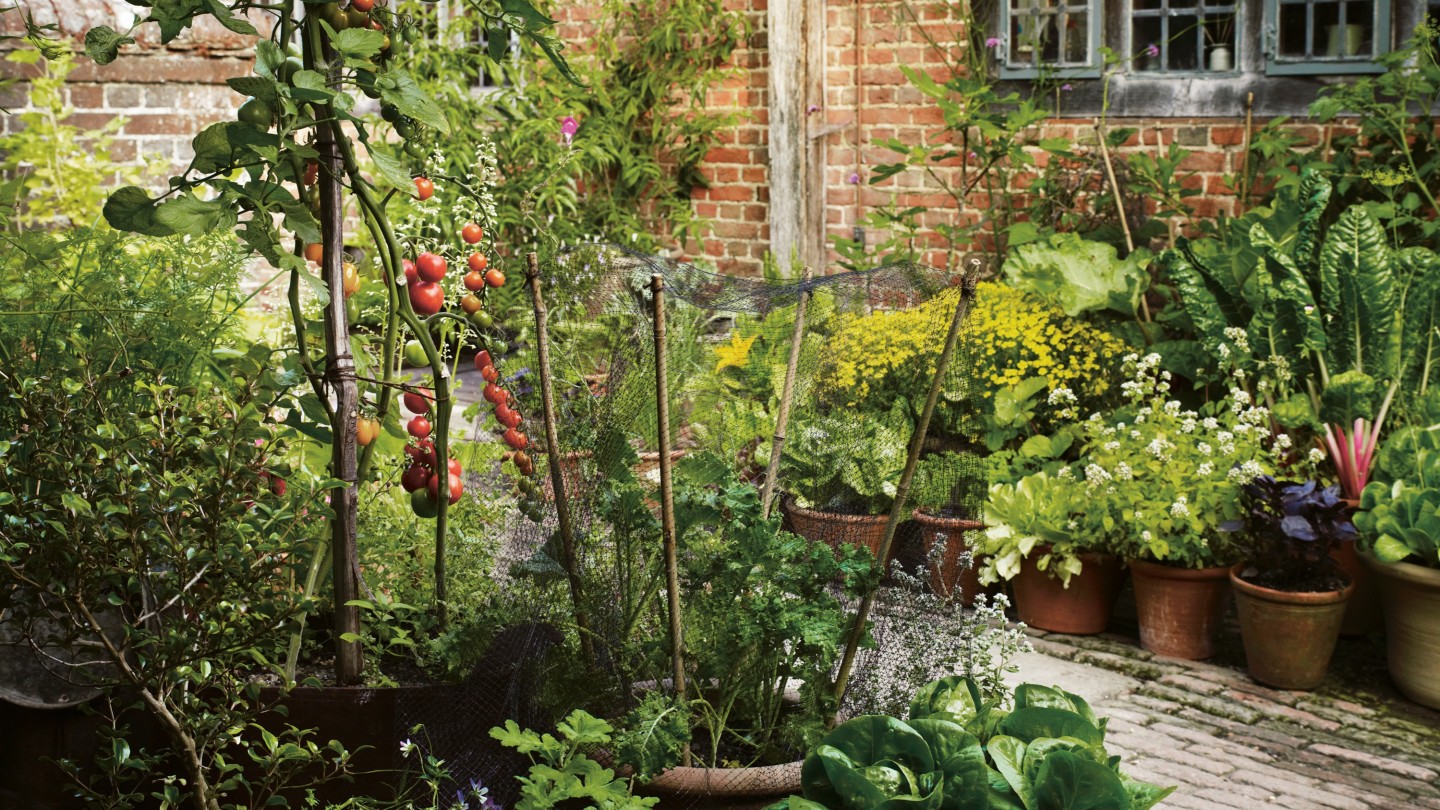
Roula Khalaf, Editor of the FT, selects her favourite stories in this weekly newsletter.
Four years ago, when Aaron Bertelsen, Great Dixter’s charismatic kitchen gardener and cook, was working on his debut book, he found himself perplexed by the recipe tester’s feedback. To make his simple pear tart, they both followed the same method in their respective kitchens, with the author picking his fruit from the Sussex garden’s century-old pear trees. While his tarts emerged from the oven golden, lightly caramelised and with a crumbly pastry, the tester’s were a soggy, hot mess. The problem was not the recipe but the shop-bought fruit.

“It was a real eye-opener,” says Bertelsen, who, as an advocate of “growing your own”, published his second book, Grow Fruit & Vegetables in Pots, in February. “These ‘perfect’ supermarket specimens have a huge amount of water and lack the flavour and goodness that you should get from the ground.” The New Zealander was raised on a 10-acre property where his grandfather grew “fantastic vegetables in incredible volcanic soil”, and has followed in his footsteps on his patch of Wealden clay, which has been improved over a century with compost and cultivation, and yields salads, vegetables and fruit to provide seasonal fare for Great Dixter’s guests. “There’s a massive interest in how our food is produced and people are much more aware of what we are doing to our land,” he says. “There’s suddenly a huge interest in soils too – earthworms are going to save mankind.”
It’s a belief shared by a growing number of gardeners for whom cultivating their own produce has become an ethical and ecological imperative – avoiding a cocktail of chemicals, degraded nutritional value and dizzying air miles. Before the current disruption, Guatemalan sugar snap peas, Peruvian asparagus, Kenyan green beans and grapes from Chile were all abundant on our supermarket shelves. And that impetus has suddenly been turbocharged as the garden has become more vital than ever, not only as a welcome distraction from the crisis but as many contemplate the need to grow their own.
Even before lockdown, specialist companies and garden centres were overwhelmed with orders for seeds – so much so that many independent firms (including Seedaholic, Chiltern Seeds and organic producers Seed Co-operative) ceased taking new orders or temporarily suspended their sites. In the same period, sales of The Royal Horticultural Society’s vegetable seeds were up 1,293 per cent on the previous year, while those of bagged compost increased by 1,680 per cent. There was also a notable upswing in sales of plants, tools and raised beds.
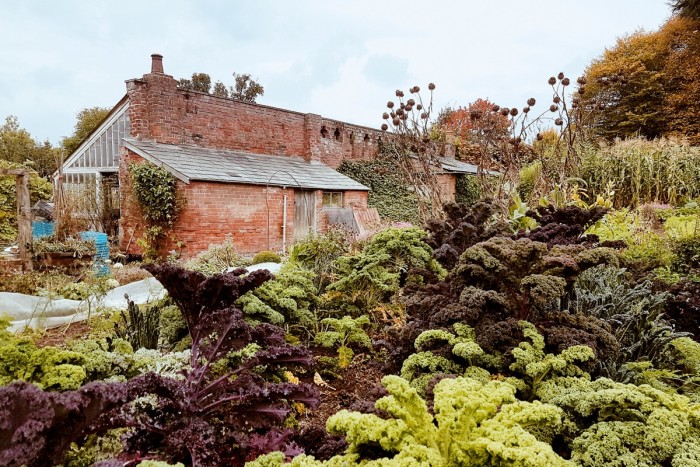
It is not just kit that’s in demand – we want to improve our green-fingered skills too. “Our traffic has increased fivefold, which is unlike anything I’ve seen before,” says Elspeth Briscoe, who in 2015 founded learningwithexperts.com, which offers online courses such as “Veg Gardening” hosted by writer Sally Nex to an audience that post-crisis has been extended to 78 countries. “People are jumping on board, not only because they want to be more self-sufficient but because they are stuck at home and our online courses are a very sociable way to learn.” Briscoe has also enticed Hugh Fearnley-Whittingstall’s River Cottage and Raymond Blanc – whose Le Manoir aux Quat’Saisons opened the first hotel gardening school three years ago – to join her fold, the tutorials made possible by remote-controlled cameras.
But the kitchen garden in all its myriad forms was already having a major renaissance. In towns, increasing numbers of wannabe gardeners are growing in pots, on allotments (when waiting lists permit) and in the raised beds of small back gardens, while out in the countryside, edible gardens have become as coveted as herbaceous borders. Instagram bears this out, as summertime feeds fill with plot-to-plate images: abundant trugs overflowing with heritage tomatoes, beets and chard, ready to be washed and sliced, steamed or sautéed within minutes of harvest.
And as growing our own produce becomes more popular, designers are pushing the boundaries of what a classic kitchen garden can be. “I am a grazer, so I try and fill every garden with as much food as possible – but I don’t do it in a very traditional way,” says Jinny Blom, whose poetic and naturalistic landscapes lend themselves to a more freeform approach, which can include planting alpine strawberries as ground cover, interspersing roses with currant bushes and planting native hedging packed with nuts, hawthorns, berries and rosehips. This is exactly what she has done to shield her own Oxfordshire garden from the public lane that runs alongside it, and notably the planting is both ornamental and edible.
She’s taken this approach to the extreme for clients living at a Sussex farmhouse, where the entire plot is given over to productive fruit trees, vegetables, herbs and medicinal plants. These edible landscapes can function without being classically “harvested” and are a smorgasbord for passing humans, insects and wildlife.
But Blom is also a realist when it comes to conventional gardens, suggesting that an easier entry point might be to start off with something small and manageable. “I am not the world’s most brilliant gardener and I think that’s true of many people,” she says. “It can be terribly demoralising if it doesn’t go well, and veg are particularly bothersome.” She advises creating a “Marie Antoinette garden” of easy‑grow crops sited close to the house, which could include a couple of raised beds full of herbs, lettuces, courgettes and sweet peas – all of which are low maintenance and high return.
Bertelsen suggests a similar tactic but advises novices to begin by growing what they love to eat or what they are likely to use in their cooking. For many of us, that might be salad leaves that are fast growing and often “come again” when cut (and so will continue to grow throughout the season) or herbs that can be cultivated easily in a window box or city balcony. If you have a particularly sunny outdoor plot, consider growing Mediterranean herbs, and if it’s shaded go for larger-leaved varieties such as parsley, lovage or tarragon. “There are so many good mixes in seed form,” he says, adding that if you want to make life really easy you can buy plug plants. “These baby plants go straight into a pot or raised bed.” Specialist firms such as Rocket Gardens are a good source.
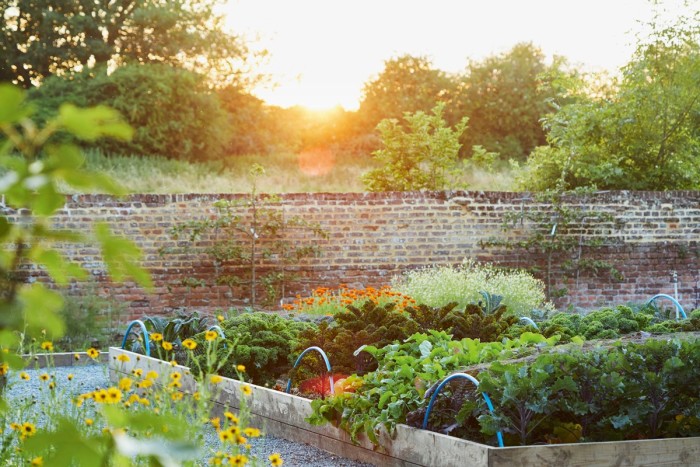
“Once you start, it becomes an addiction,” says Bertelsen, who hopes that the current crisis will encourage people to reassess how (and from where) their food is sourced. “Families have busy lives and growing on any sort of scale is a commitment, but people can rethink how they’re spending their time.”
Landscape designer Libby Russell, who started her own studio with Emma Mazzullo in 2014, believes that many “people are now looking to reconnect with the land in an essential way”. Increasingly, she says, “the kitchen garden is perceived not just as rigid rows of cabbages but an eco-happy space.” As such, her designs often hark back to the old-fashioned kitchen border where one might cut peonies, sweet peas and fruit alongside vegetables, herbs and crops such as artichokes. “Everything is integrated, and this can be one of the most beautiful spaces in the garden,” she says.
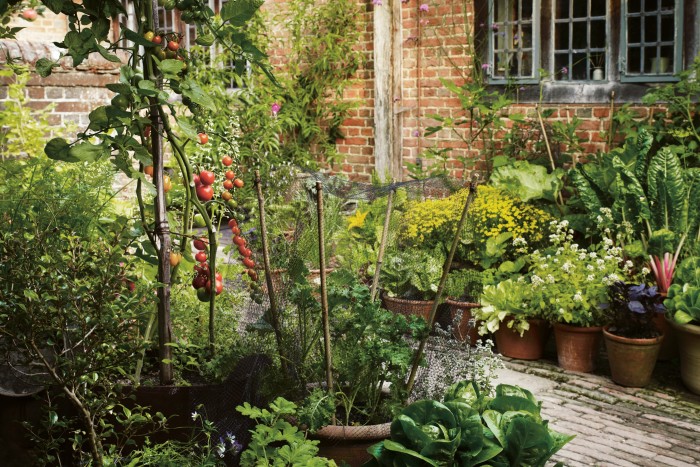
Of course, the ornate potager is not a new concept – even the monks of the Middle Ages beautified their veg patches – but modern designers are amplifying features that can be both practical and aesthetically pleasing. The most dazzling edible gardens include handmade fruit cages and ornamental beds, like the extraordinary kitchen garden at Malverleys, the Hampshire home of Georg and Emily von Opel, where head gardener Mat Reese based his huge fruit-cage design on those at nearby West Green House. Oak fruit cages, meanwhile, are used in the exquisite potager designed by Arne Maynard at South Wood Farm in Devon, while the designer’s own vegetable garden at his guest house Allt-y-Bela in Monmouthshire trades larger structures for topiary and espalier fruit-tree arches.
Similar support frames (twisted into domes, obelisks and fences) can also have impact in a garden. There are few more compelling examples of this than at gardener, cook and presenter Sarah Raven’s home at Perch Hill in East Sussex. Here, woven willow supports used to grow plants are dotted throughout to great visual effect.
A picturesque veg plot can also be a social space with dining areas and outdoor kitchens. If ever there was a way to highlight the provenance of the food on the table, it’s to seat your guests directly where the ingredients are grown. “I’m a great one for building greenhouses planted with vines, peaches and apricots where I’ll place a table for everyone to have supper,” says Blom, who grew up hanging out in her uncle’s dishevelled vine house on the outskirts of Paris and is known for creating such spaces.
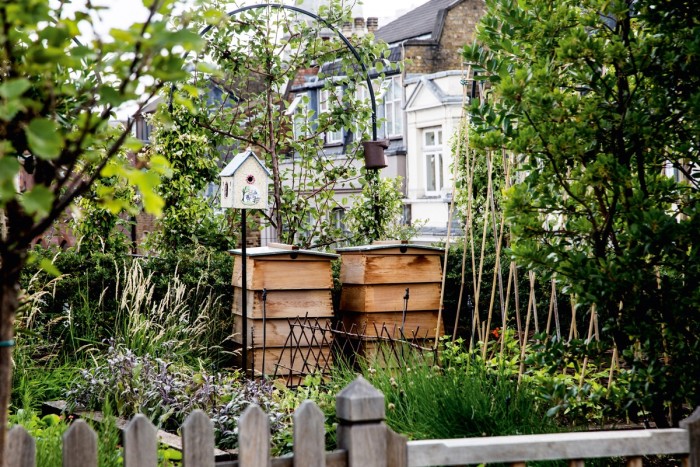
Increasingly, this plot-to-plate ethos is being showcased by hotels. On the rooftop of London’s Ham Yard Hotel, wooden sleepers are used to create raised beds packed with vegetables and fruit trees. It produces honey from beehives and flowers that are used to make cocktails, while the veg goes down to the kitchens. And at The Pig’s six outposts across the south of England (with two more hotels due to open in Harlyn Bay near Padstow and the South Downs), produce is grown on site (typically 17 tonnes are produced each year), sourced within a 25-mile radius or collected in the wild by professional foragers. In Monmouthshire, meanwhile, the family who own Old Lands have restored its walled garden, complete with a Victorian vine house, to create a productive space that supplies fruit and vegetables to its holiday cottages, as well as a community food scheme.
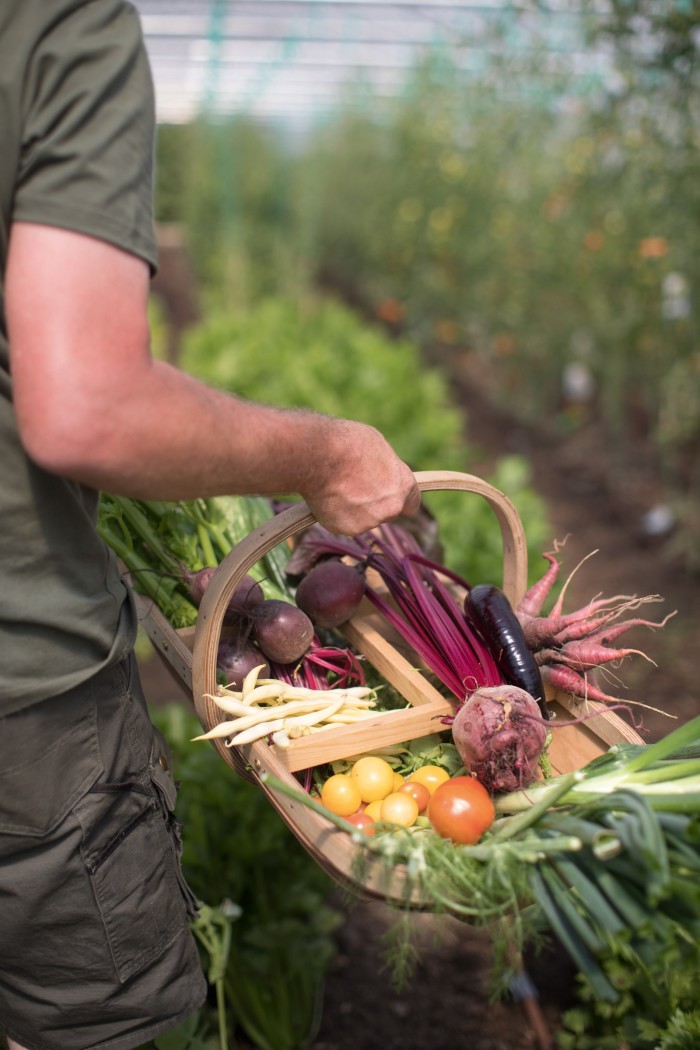
But the peak of hotel horticultural productivity is epitomised by Heckfield Place in Hampshire, where Skye Gyngell has collaborated with Jane Scotter of the Herefordshire farm Fern Verrow to create a biodynamic market garden. Before this project, Fern Verrow supplied Gyngell’s Spring restaurant from a setting the chef likens to that of the film Babe. “It’s almost surreal how beautiful, rich and abundant it is,” she says. “When people spend all that time planting a seed and looking after it, you don’t want to throw the results in the bin. You open up your mind and heart to being completely in tune with nature.” That’s a timely call to arms (or spades) for all of us. But Bertelsen has the last word. “Anyone can grow something,” he says, “and surely there’s never been a better time to start.
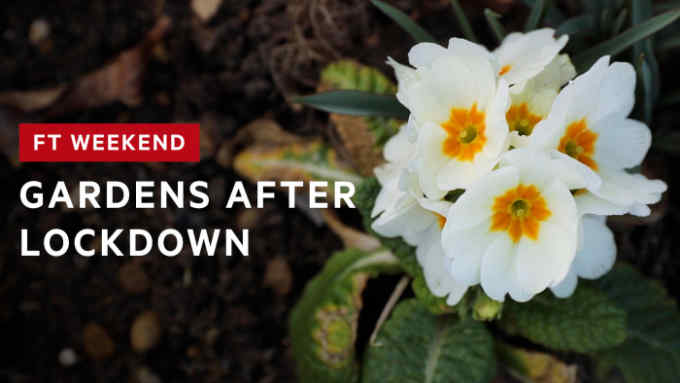
Comments